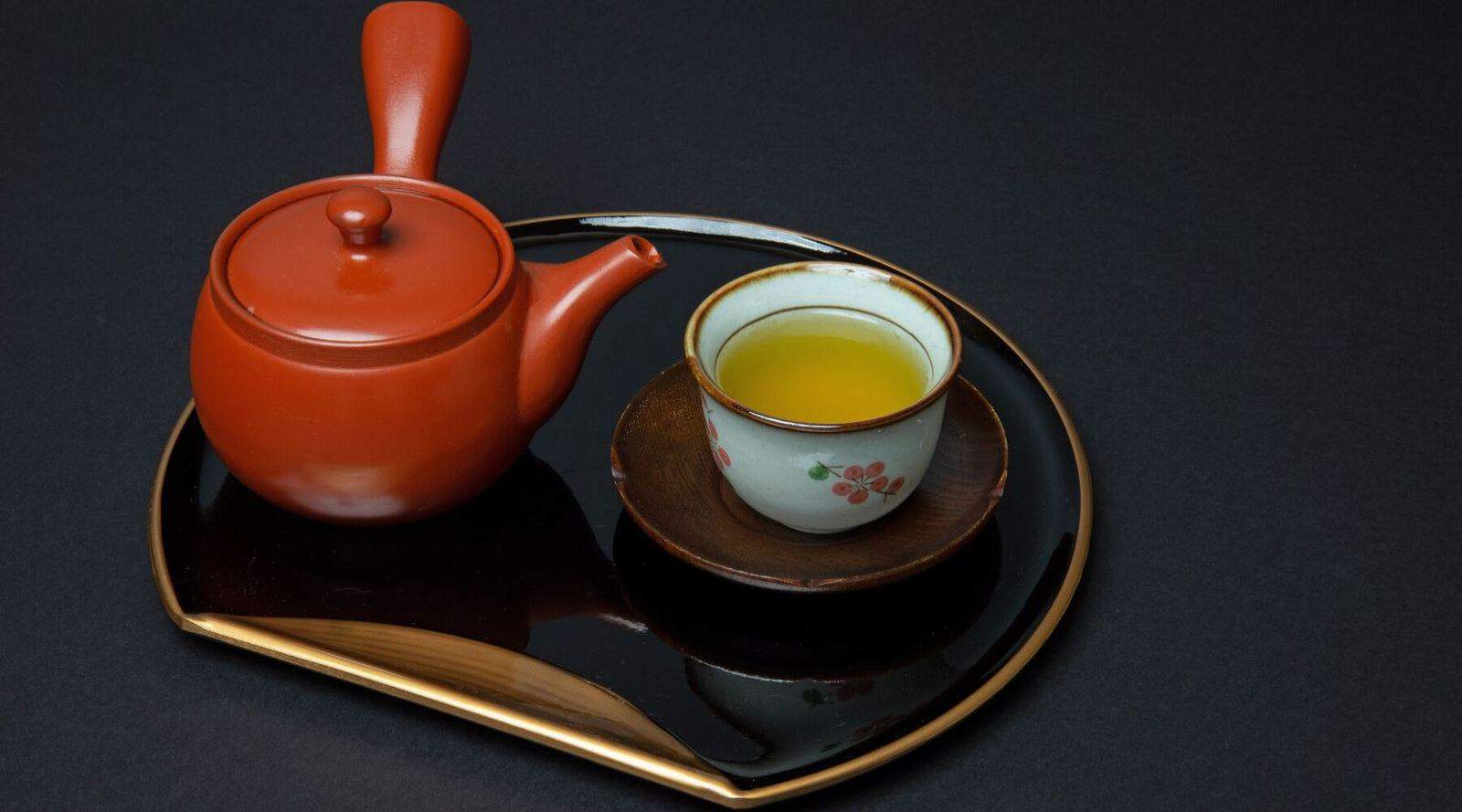For tea lovers, the process of brewing tea is critical simply because how you brew the tea and the materials you use, determine the quality of tea you brew. There are very many methods of brewing tea as there are tools, but today we will focus on the tools tea brewers use to make tea. One of the most common equipment is the teapot, specifically the Tokoname teapot. The pot is famous in Japan, where it is occasionally used in making green tea. Let us look into the ins and outs of the Tokoname Teapot.
What is the Tokoname Teapot?
The name Tokoname teapot comes from a village in Japan known as Tokoname. The village is famous for artisan products like pottery and stoneware. The Tokoname teapot is held using the sides as it has no handles. It has a spout that allows you to pour your tea into a cup. Furthermore, there is a lining of mesh strainer in the interior part of this spout. The mesh strainer ensures that you do not pour tea leaves into your cup.
To make this pot, an experienced artisan must take his time to create the masterpiece, that is why the teapots are aesthetically pleasing. Depending on the size, the teapot can serve tea to numerous people in just one serving.
The Material Used to Make the Tokoname Teapot
Clay is the material used to make Tokoname teapots. The reason for this is that tea infused in clay is said to have a better taste. Furthermore, tea lovers say that prolonged use of such teapots leads to an improvement in the taste of any tea that you brew.
The superb craftsmanship involved in moulding clay to yield such teapots is among the reasons why many tea lovers in Japan fancy using them. Let us not forget the fact that when brewing green tea using the Tokoname clay teapot, you get to enjoy a fantastic aroma throughout the entire process. Furthermore, the Tokoname teapots are light and robust vessels of brewing tea.
The Tokoname also comes with impressive features. One of these features is the excellent microporosity in the teapot. The microporosity plays a vital role in helping the teapot absorb fats and tannins, which leads to the formation of the internal patina of the teapot. The internal patina makes the teapot more and more efficient as you continuing to use it.
That is not all; this clay pot has a minimal expansion co-efficient which helps the lid stay in place when you are brewing your cup of tea. With the cover in place, there is a minimal chance that the aroma and taste will disperse.
How to Clean a Tokoname Teapot
For the best results when steeping tea, make sure you use a clean Tokoname teapot. Cleaning a Tokoname teapot is a straightforward process. Follow these few steps
Note: When using a Tokoname teapot for the first time, make sure you soak it in warm water and then rinse it. Doing so ensures that you get rid of any dust, dirt or any other unwanted material that may be inside the teapot.
- Every time you finish steeping your tea, make sure you drain any remaining liquid in the pot.
- Remove any tea leaves and any other material present in the teapot.
- After that, clean the teapot making sure you get the inside part of the pot.
- Rinse the pot and then turn it over so that it can air dry on your kitchen top.
Here are some other pointers to keep in mind when cleaning and using your Tokoname teapot.
- Avoid scrubbing the exterior part of your teapot using a cleaning pad or abrasive cleaner. Such cleaners usually leave marks and ruin the beautiful design of the pots. A soft cleaning pad will get rid of any dirt or unwanted marks.
- If possible, do not steep flavoured teas like Chai and Rose in Tokoname teapots. These teas usually leave residual flavour in Tokoname teapots. After that, when decide to go for unflavored teas, the residual flavor left behind tends to interfere with the one you are brewing.
Conclusion
The Tokoname teapot is a remarkable piece of craftsmanship that is not only stylish but delivers exceptional results when brewing your favourite tea. Just make sure that the pot is cleansed correctly before using it and you are good to go. However, make sure you do not brew beverages with intense flavours in Tokoname teapots. The same applies to beverages with strong scents. The high degree of natural floral scenting in teas like Jasmine beverages leaves flavours in the pot.

